#blackpeoplematter
Text
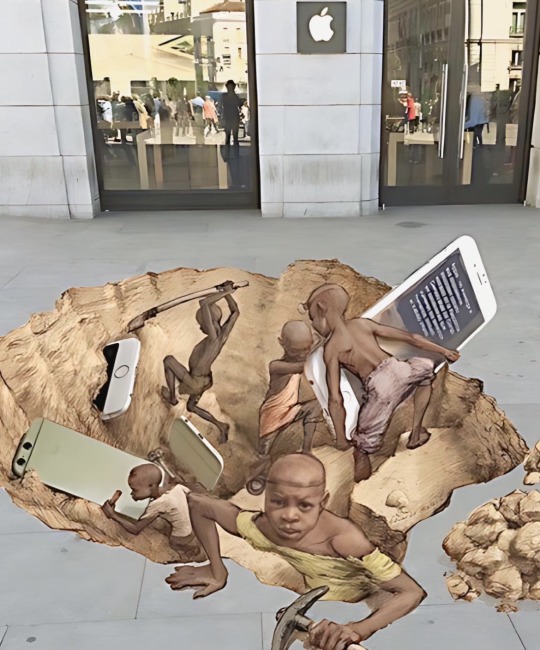
Congo is silently going through a silent genocide. Millions of people are being killed so that the western world can benefit from its natural resources.
More than 60% of the world's cobalt reserves are found in Congo, used in the production of smartphones.
Western countries are providing financial military aid to invade regions filled with reserves and in the process millions are getting killed and millions homeless.
Multinational mining companies are enslaving people especially children to mine.
•••
La República Democrática del Congo vive un genocidio silencioso. Millones de personas están siendo asesinadas para que la parte occidental del mundo pueda beneficiarse de sus recursos naturales.
Más del 60% de las reservas mundiales de cobalto se encuentran en el Congo, y se utiliza en la producción de teléfonos inteligentes.
Los países occidentales están proporcionando asistencia financiera militar para invadir regiones llenas de reservas y en el proceso millones de personas mueren y millones se quedan sin hogar.
Las empresas mineras multinacionales están esclavizando a la gente, especialmente a los niños, para trabajar en las minas.
Street Art and Photo by Artist Eduardo Relero
(https://eduardorelero.com)
#blacklivesmatter#blacklivesalwaysmatter#english#spanish#blackhistory#history#share#blackhistorymonth#blackpeoplematter#black history matters#black history 2023#black history is everybody's history#historyfacts#black history is world history#black history is american history#african history#black history#black history month#modern slavery#knowyourhistory#congo genocide#dr congo#blackbloggers#like#blackhistoryyear#follow#cobalt#blackownedandoperated#culture#art
11K notes
·
View notes
Text

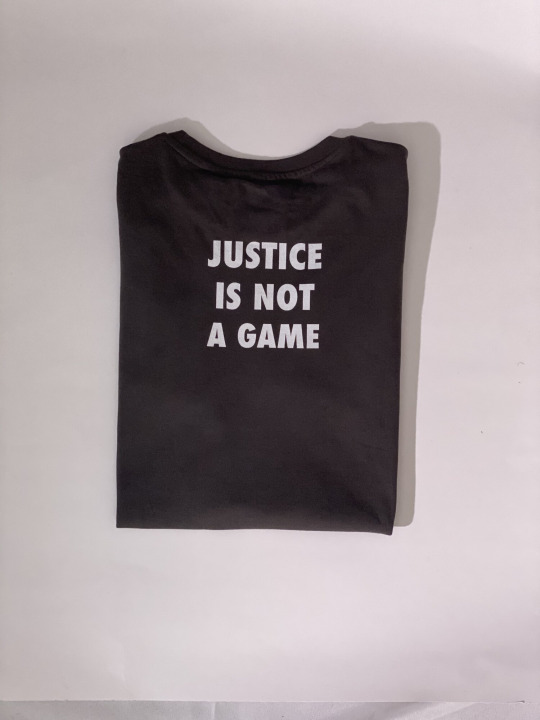
"JUSTICE IS NOT A GAME" tee
2 Store Reviews
from $40.23
The King, takes a stand with and for the people, basketball serves(ed) as a route to financial freedom for many black men. However these same black men understand their roles are bigger than dribbling and while they’ll always do it for the love of the game, they know justice is not a game!
#blackjustice#blackhistory#blacklove#blackculture#blacklivesmatter#blackexcellence#blackfamily#blackpeople#blackmedia#blackpeoplematter#blackentrepreneurs#blackachivers#blacksoul#unapologeticallyblack#blackenterprise#blackempowerment#blackentertainment#blackmentalhealthmatters#blackwomen#justice#blackisbeautiful#blackpanafrican#motivation#blm#blackwoman#blackeducation#blackpower#blackness#breakthecycle#blackhumanlife
0 notes
Photo
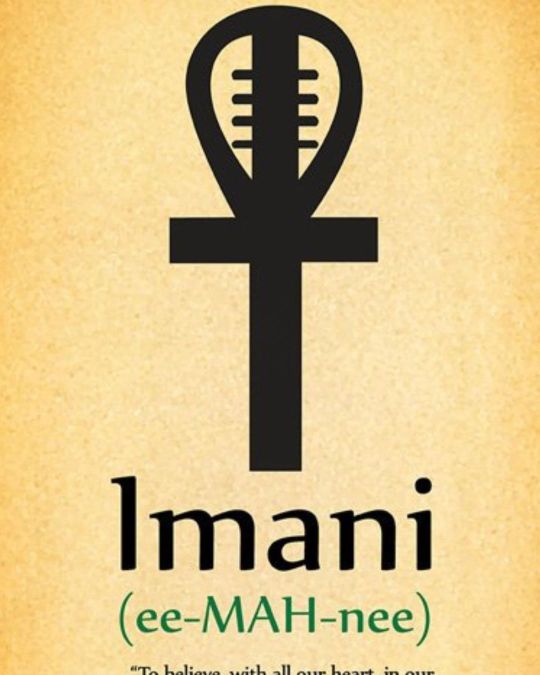
Happy Kwanzaa Day #7 IMANI — FAITH: To believe with all our heart in our people, our parents, our teachers, our leaders. The seventh principle is belief in ourselves as individuals and as a people. Further, it is a commitment to the development of the family and the national African American community.#kwanzaa#kwanza#happykwanzaa#happykwanzaa🇱🇾#blackpower#blackpeople#blackpeoplematter#blackpeoplememes#blackpeopletwitter#blackpeopletravel#loveyourself#love#loveyou#lovewins#holiday#happyholidays https://www.instagram.com/p/Cm3nus_u67I/?igshid=NGJjMDIxMWI=
#7#kwanzaa#kwanza#happykwanzaa#happykwanzaa🇱🇾#blackpower#blackpeople#blackpeoplematter#blackpeoplememes#blackpeopletwitter#blackpeopletravel#loveyourself#love#loveyou#lovewins#holiday#happyholidays
1 note
·
View note
Text
ARE WE GOING TO VOTE LIKE 2020?!
ARE WE GOING TO VOTE LIKE 2020?!

View On WordPress
0 notes
Text
2 years after George Floyd passed away Today marks 2 years since George Floyd took his last breath on March 25th on George Floyd Square
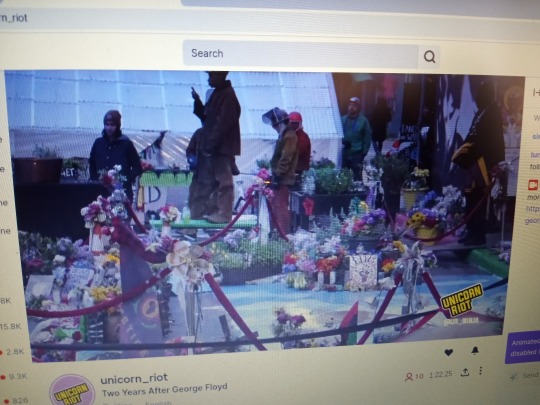
0 notes
Photo
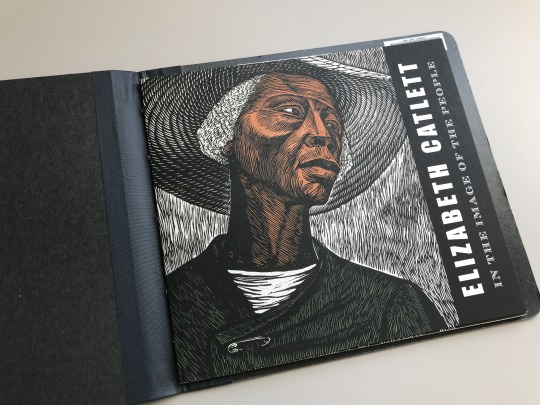
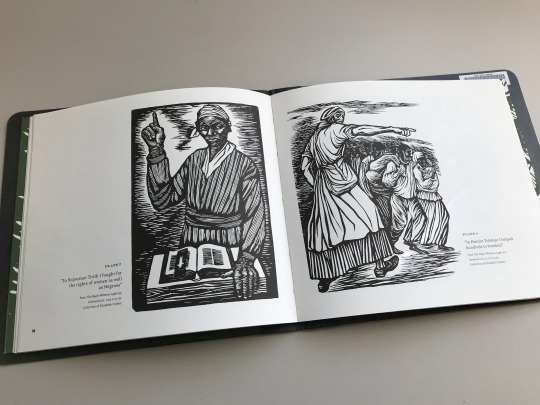
This is only a brief history of an inspiring Black woman artist/activist who lived through countless incidents of racial discrimination and created strong artworks depicting race, gender, and class issues. Elizabeth Catlett (April 15, 1915 – April 2, 2012) was an American and Mexican graphic artist and sculptor, best known for her work depicting the experiences of African-American people in the 20th century.
After being admitted to the Carnegie Institute of Technology (now Carnegie Mellon University), Catlett was barred from enrolling because of her race. Instead, she attended college at Howard University, graduating with honors in 1937. In 1940, Catlett became one of the first three students, as well as the first Black woman, to earn a master’s degree in fine arts at the University of Iowa, though she was not permitted to stay in the dormitories during her studies.
Catlett was briefly married to Charles White, another prominent Black artist, but the couple divorced after they moved to Mexico on her travel grant. From 1946-1966, she worked with the Taller de Gráfica Popular, a famous workshop in Mexico City dedicated to graphic arts promoting social issues and education. In 1949, her activism work regarding a railroad strike in Mexico City resulted in her arrest, which led to Catlett being put under surveillance by the U.S. Embassy. Eventually, she was barred from entering the United States and declared an “undesirable alien” due to her activism in Mexico. In 1962, Catlett became a Mexican citizen, only regaining her U.S. citizenship in 2002.
A grandchild of formerly enslaved people, Catlett remembered her grandmother’s stories about the capture of her ancestors in Africa and their hard life on the plantation. She always emphasized the importance of social messages in her art, rather than pure aesthetics. (summarized from Wikipedia.)
Elizabeth Catlett : in the image of the people
Melanie Anne Herzog.
1st ed.
Chicago : Art Institute of Chicago ; New Haven : distributed by Yale University Press, c2005.
36 p. : ill. (some col.) ; 22 x 24 cm.
Reveals Catlett's commitment to social and political issues. All of the fifteen linoleum prints are beautifully reproduced and address the harsh reality of Black women's labor.
English
Published in conjunction with an exhibition held at the Art Institute of Chicago, Nov. 13, 2005-Feb. 5, 2006.
Catlett, Elizabeth, 1915-2012
Art Institute of Chicago
ISBN : 0300116128
c2005
HOLLIS number: 990098617090203941
#elizabeth catlett#blackhistorymonth#blackartist#blackwomanartist#artandactivism#blackpeoplematter#blackimagesmatter#harvardfineartslibrary#harvardfineartslib#fineartslibrary#harvard library#HarvardLibrary#Harvard
38 notes
·
View notes
Photo

Casey Goodson
Will always be
His mama's
Little boy
Even when
The police
Chose to kill him
Yet we rely
On the same system
For accountability
And fairness
Tell me
Is justice
A prison sentence (if that)
For a white man
Enabled by
An entire culture
Of state violence
Against Black people
Is justice
More reforms
For a profession
Reformed from slavecatching
Is justice
A settlement
Unnatural death
For a dollar amount
Trimming the branches
Will not heal a tree
Poisoned at the root
Tell me
What does justice look like
For a Black man
For a little boy
For a humanbeing
Who should still be alive
-Isaiah DuPree
https://www.gofundme.com/f/justiceforcaseygoodson
#black lives matter#blackmenmatter#blackwomenmatter#black trans lives matter#blackchildrenmatter#blackpeoplematter#blackhopematters#black dreams matter#blackartmatters#allblacklivesmatter#blacklovematters#blackgirlsmatter#blackboysmatter#blackteachersmatter#blackdoctorsmatter#blackhealthmatters#blackwealthmatters#blackfuturesmatter
32 notes
·
View notes
Text
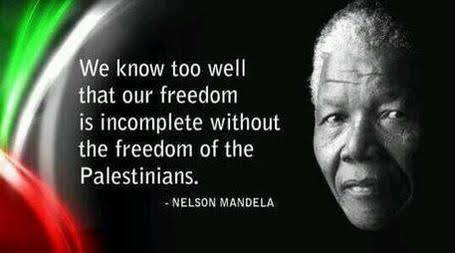
#southafrica#blacklivesmatter#blackpeopleforpalestine#blackpeoplematter#palestine lives matter#palestinians#free palestine#palestine#🇵🇸
5 notes
·
View notes
Text
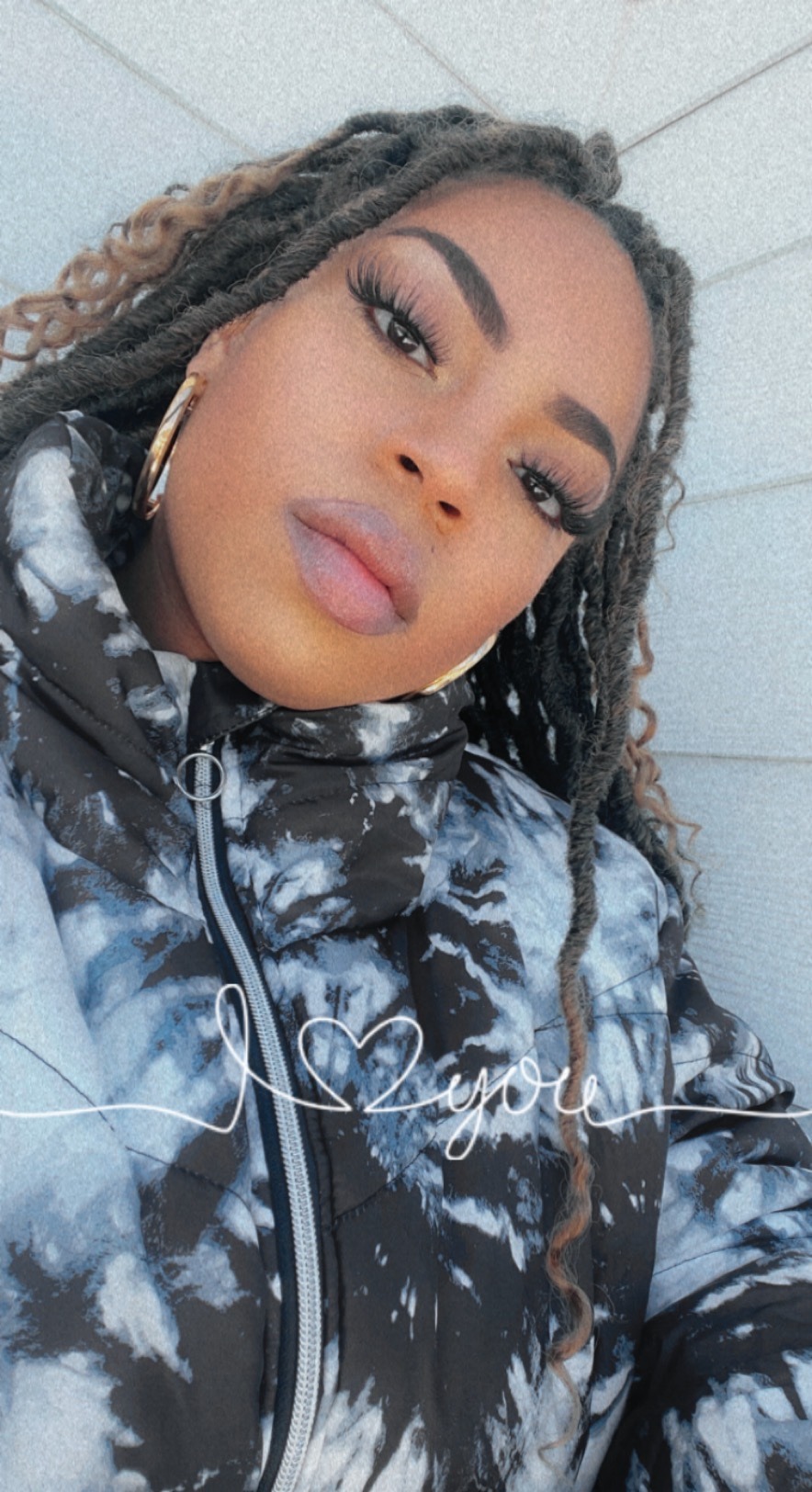


#blackgirlmagic#beautiful black women#millionairemindset#millionairementality#how to invest#investing#blackpeoplematter#blackpeopleinvesting#black tumblr
7 notes
·
View notes
Link
#ashwagha#withania somnifera#withanolides#anxienty#depression#integrativepsychiatry#psych#psychiatry#psychiatrist#mental health#mental heath support#mentalheathawareness#black lives matter#blackgirlmagic#blackgirlsrock#black girls#blackwomanisgod#black woman power#blackpeoplematter#blackpeopletwitter
2 notes
·
View notes
Text
The Horrors of Lynching: Photographs and Postcards
Note to readers: This post contains graphic and disturbing images.
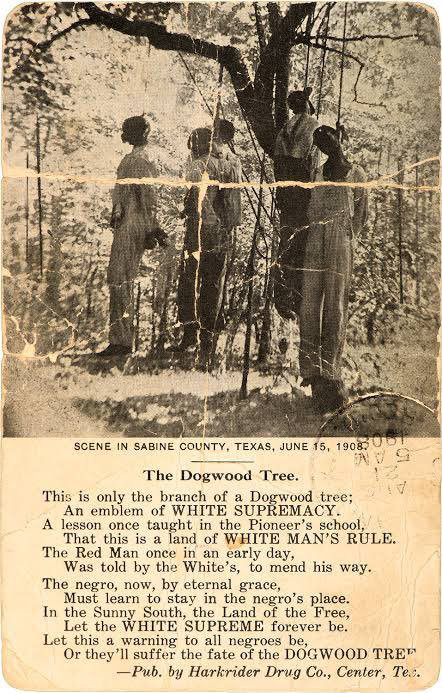
During the late 19th and early 20th century, thousands of photographs and postcards of Black Americans killed by white mobs in racist terror lynchings were collected, traded and sent through the U.S. postal service.
The postcards and photographs, depicting gruesome images of the bodies of Black men, women and children who had been tied to trees, mutilated, tortured, shot and burned alive by white mobs, were often distributed as souvenirs and saved as mementos in family albums and stored away in attics for safekeeping.
The lynching photographs often captured the bodies of the murdered Black Americans and the hundreds of white people — including children — who gathered to witness the public spectacle of lynchings. According to historians, in more than half of these photos and postcards, white people were shown smiling and celebrating the spectacles.
WHITE PEOPLE MONETIZED THE MURDER OF BLACK PEOPLE
Lynching photographs and postcards were shrewdly distributed — often for profit — across communities by hand and through the U.S. mail. They were often sold for as little as a quarter, which would be worth about $3.46 today.
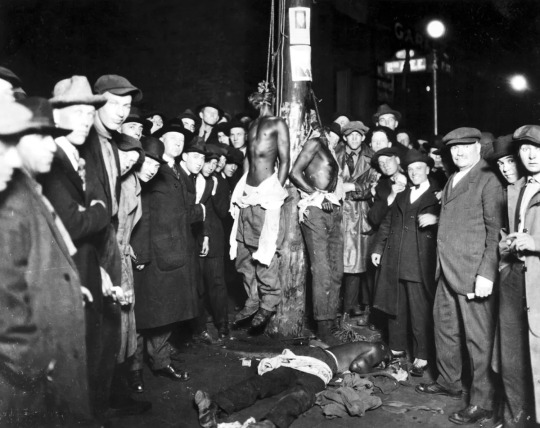
Source: wordinblack.com
Translated by Long Live Blackness by Shaneyra Thompson
•••
Los horrores de los linchamientos: fotografías y postales
Nota para los lectores: Esta publicación contiene imágenes gráficas e inquietantes.
Descripción de primera imagen: [Cinco afroamericanos fueron colgados de un cornejo en el condado de Sabine, Texas, en 1908 como "una advertencia para todos los negros".]
Traducción de la postal:
Esta es sólo la rama de un árbol de Cornejo;
Un emblema de la SUPREMACIA BLANCA.
Una lección que una vez se enseñó en la escuela de los Pioneros:
que esta es una tierra de GOBIERNO DEL HOMBRE BLANCO.
Una vez, temprano en la mañana, los blancos le dijeron al Hombre Rojo que enmendara su camino.
El negro, ahora, por gracia eterna, debe aprender a permanecer en el lugar del negro.
En el Soleado Sur, la Tierra de los Libres, que la SUPREMACÍA BLANCA sea para siempre.
Que esto sea una advertencia para todos los negros, o sufrirán el destino del árbol de Cornejo.
A finales del siglo XIX y principios del siglo XX, se recopilaron, comercializaron y enviaron a través del servicio postal de Estados Unidos miles de fotografías y postales de estadounidenses negros asesinados por turbas blancas en linchamientos terroristas racistas.
Las postales y fotografías, que mostraban imágenes espantosas de los cuerpos de hombres, mujeres y niños negros que habían sido atados a árboles, mutilados, torturados, fusilados y quemados vivos por turbas blancas, a menudo se distribuían como souvenirs y se guardaban como recuerdos en álbumes familiares.
Las fotografías de los linchamientos a menudo capturaban los cuerpos de los estadounidenses negros asesinados y los cientos de personas blancas (incluyendo niños) que se reunían para presenciar el espectáculo público de los linchamientos. Según los historiadores, en más de la mitad de estas fotografías y postales, se mostraba a personas blancas sonriendo y celebrando los espectáculos.
LOS BLANCOS MONETIZARON EL ASESINATO DE LOS NEGROS
Se distribuyeron astutamente fotografías y postales de linchamientos (a menudo con fines de lucro) entre las comunidades, en mano y por correo postal. A menudo se vendían por tan solo veinticinco centavos, lo que hoy valdría unos 3.46 dólares.
Descripción de segunda imagen: [Una postal de un linchamiento en Duluth. 15 de Junio, 1920.]
Fuente: wordinblack.com
Traducido por Long Live Blackness by Shaneyra Thompson
#blacklivesmatter#blacklivesalwaysmatter#english#spanish#blackhistory#history#lynching#black history is american history#historyfacts#black history is world history#black history matters#black history is everybody's history#black history 2023#black history#black history month#african history#blackhistorymonth#blackpeoplematter#knowyourhistory#blackhistoryyear#blackownedandoperated#historia#slavery#esclavitud#español#black tumblr#share#read#follow#blackbloggers
339 notes
·
View notes
Text
Protect our black children
#blacklivesalwaysmatter#blacklivesmatter#history#blackhistory#culture#blackgirlmagic#english#spanish#blackpeoplematter#black children matter#black women matter#black men matter#perfect 13 notes Avatar blackgirlconvo Follow Black lives matter TikTok VM.TIKTOK.COM#black lives matter#black news#news#black children#black children matter 3 notes Avatar personal-blog243 Follow Image Sign the Petition Justice For 1-year-old Katera Jenkins-Barker#who was killed by white adoptive dad CHANGE.ORG#protect black kids#black kids matter#protect black children#petition#please sign and share#petitions#please sign this petition#please share#please sign#blm Top black children matter blogs ChildrenRUs blackchildrenmatter-blog blackchildrenmatter-blog.tumblr.com Follow Avatar ChildrenRUs#and in that reflection we can see our own lives and experiences as part of the larger human experience. Reading 4 notes
1 note
·
View note
Text

#racisim#blm2020#blm movement#blacklivesmatter#black lives movement#black lives are important#blacklibesmatter#black lives fucking matter#black people are beautiful#blackpeoplematter
4 notes
·
View notes
Text
youtube
I love you Dr. King, but we need to start listening to Malcolm.
The oppressor has never used peace or love to dismantle us. We cannot keep using peace, love and prayers as a response to our brothers and sisters being murdered in the streets.
I love you Dr. King, but we need more than love.
#Youtube#blacklivesmatter#malcolm x#martin luther king jr#blackpeoplematter#debate#peace and love#has gotten us so far#we need to dismantle#fightback#fightforyourrights#fight the power
10 notes
·
View notes
Text
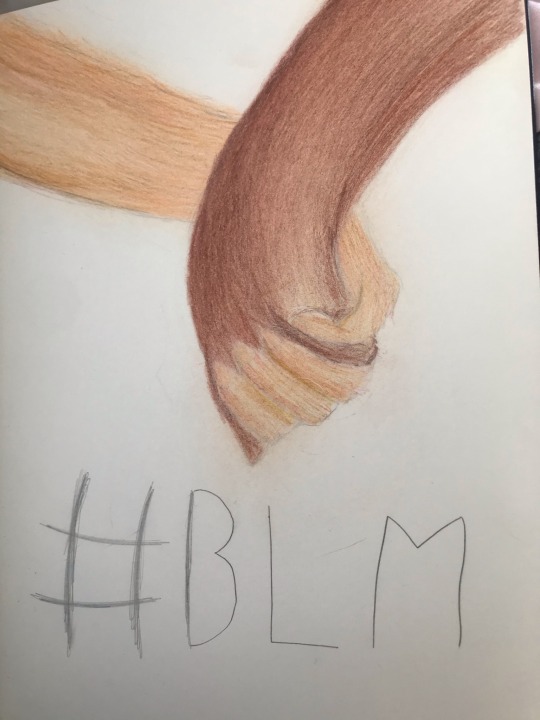
I’m not amazing with colored pencils but the word needs to spread. WHERE ALL EQUAL!
I thought this was over after slavery but BLACK LIVES DO MATTER!!! And if your not okay with that than may you go to hell or change yourself and think about who your hurting ITS 2020 AND WE SAY WEVE EVOLVED BUT HISTORY IS JUST REPEATING ITSELF!! WE ARE OVER THIS SPEAK OUT FOR YOUR RIGHTS!!!!!! AND STOP ANY RACIST POLICE OR ANYONE YOU STILL HAVE A CHANCE TO CHANGE AND MAKE IT UP TO US!! GODDD BLESS ALL WHO ARE WILLING TO HELP!
#Equal#equal rights#blacklivesmatter#white and balck#blacklivesdomatter#youcanstillchange#BLACKLIVESANDWHITE#blackpeoplematter#art#BLM#BLMart#BLACKLIVESMATTERART#HOLDINGHANDSART
7 notes
·
View notes
Photo
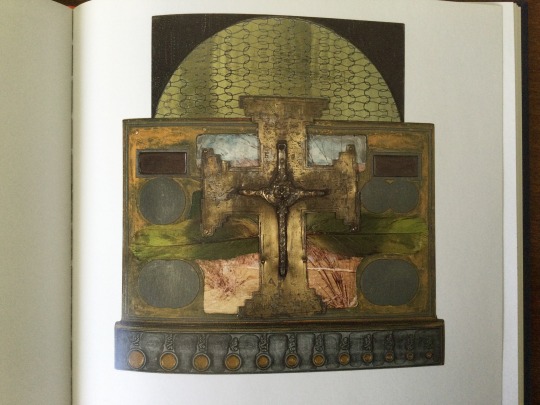
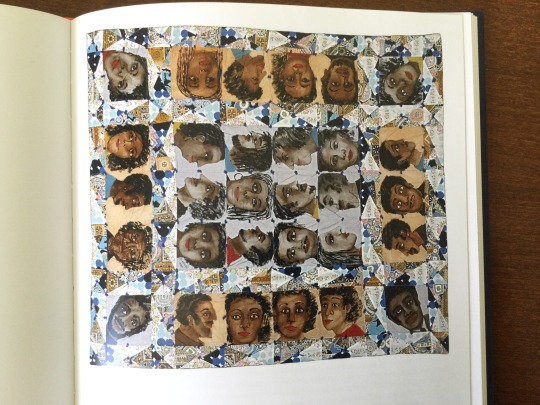
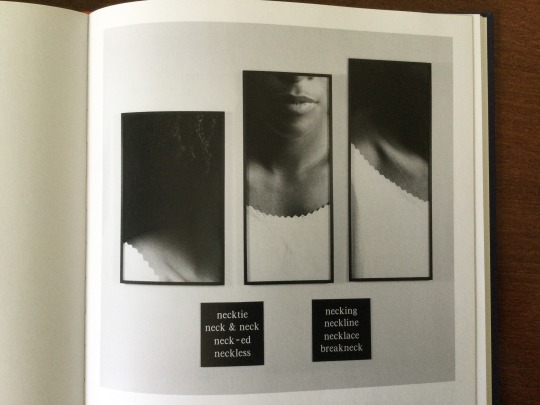
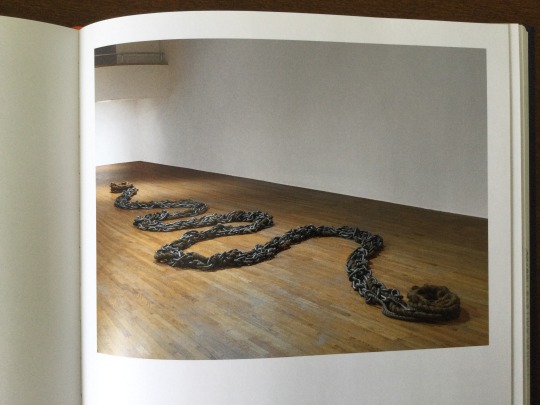
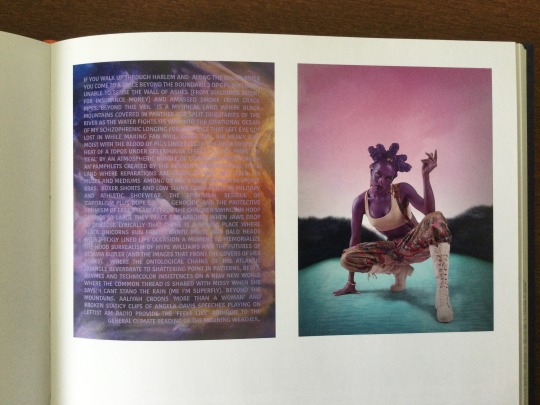
In our previous post, we wrote about racial disparity in the representation of artists at major US art museums. Gender inequality exists in all fields, but the level is also quite astonishing in this sector. According to a studyon the “Diversity of artists in major U.S. museums” published in PlosOne on March 20, 2019, the overall percentage of female artists represented at 18 major US art museums was 12.6%, and 10.8% of that total was white women, leaving only 1.8% for women of color.
Progress towards equality has been slow, as seen in the number of exhibitions featuring female artists (either solo or group shows) in which the majority of artists represented were female, which doubled from 49 exhibitions in 2008 to 104 exhibitions in 2018. However, these still only made up 14% of all exhibitions during the same time period. Indeed, in a New York Times article entitled “Female Artists Made Little Progress in Museums Since 2008, Survey Finds” (published on September 19, 2019), Julia Jacobs observed that the number of exhibitions cannot be used to measure achievement by female artists. This is because mounting exhibitions is easier and less costly compared to direct purchases of art works by the museums for their permanent collections. Between 2008 and 2018, the top 26 US museums acquired 29,247 works by female artists out of a total of 260,470works. This represents only 11% of all acquisitions. Of the 5,800 female artists whose works were acquired over the course of that decade, only 190 (3%) were African-American.
We are looking forward to sharing more works by female artists in the coming month, Women’s History Month. To close out Black History Month, here are some wonderful pieces by African-American female artists from Black refractions : highlights from the Studio Museum in Harlem.
Image 1: “Spirit of the Elements,” 1979 by Betye Saar
Image 2: “Echoes of Harlem,” 1980 by Faith Ringgold
Image 3: “Neck Lines,” 1989 by Lorna Simpson
Image 4: “River,” 2011 (first constructed 1972) by Maren Hassinger
Image 5: “Untitled (Casual Power), “Untitled (Psychosocial Stuntin’) both 2015 by Juliana Huxtable
Black refractions : highlights from the Studio Museum in Harlem
Choi, Connie H. [author]
New York, New York: American Federation of Arts; Harlem, New York: The Studio Museum in Harle ; New York, New York : Rizzoli Electa, [2019]
231 pages: illustrations (chiefly color), portraits, photographs ; 30 x 24 cm
English
"Published on the occasion of the traveling exhibition, Black Refractions: Highlights from the Studio Museum in Harlem, organized by the American Federation of Arts and the Studio Museum in Harlem"
ISBN : 9780847866380
ISBN : 0847866386
HOLLIS number: 99153772228403941
#blackhistorymonth#blackartists#BlackWomenArtists#studiomuseumofharlem#blackimagesmatter#blackpeoplematter#gender inequality#museums#americanmuseums#harvardfineartslibrary#harvardfineartslib#fineartslibrary#Harvard#harvard library#HarvardLibrary
27 notes
·
View notes